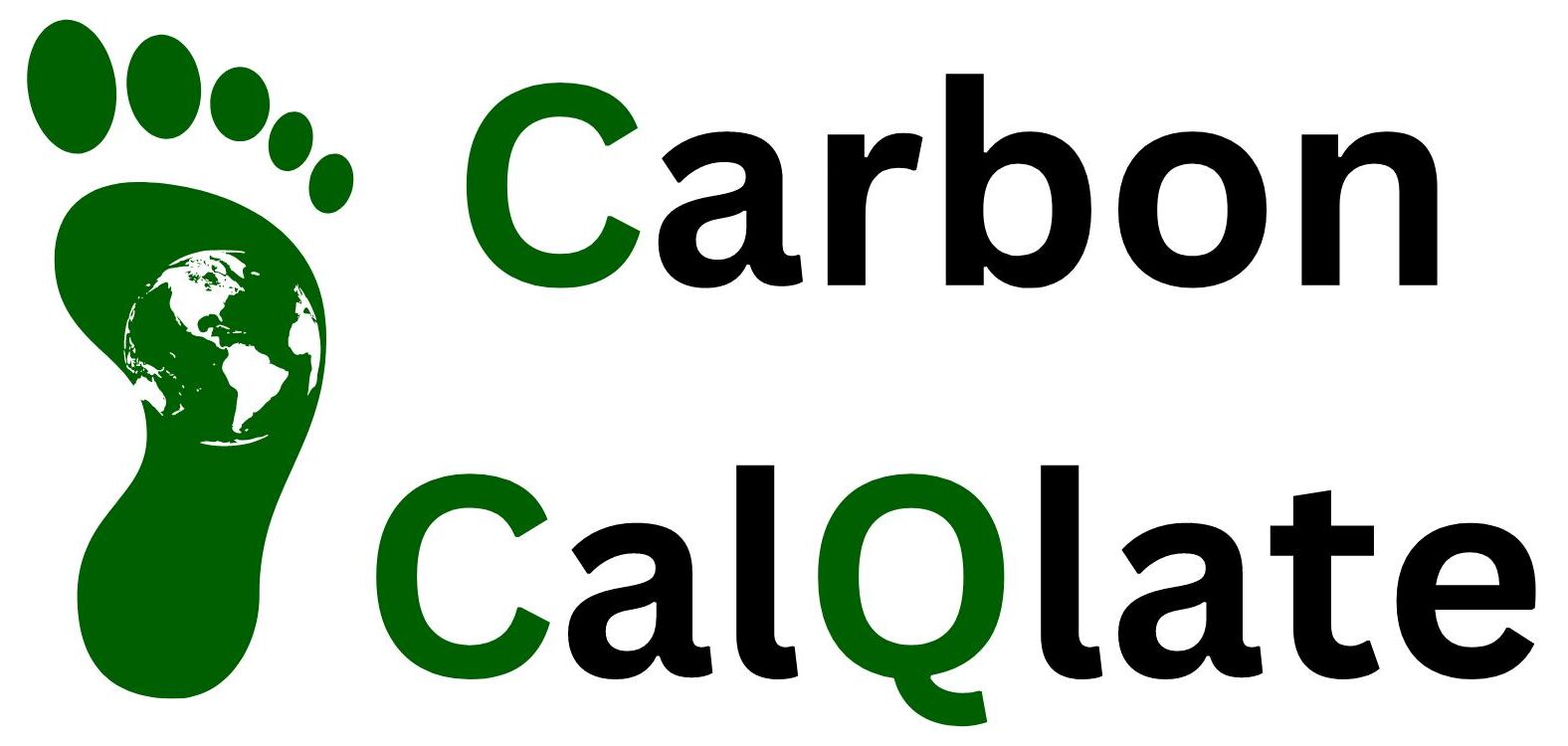A 200g steak has a carbon footprint of approximately 19.9 kg CO2e, a 300g steak has around 29.8 kg CO2e, and a 1 kg steak produces roughly 99.48 kg CO2e.
Production Steps of Steak that Add Carbon Footprint
- Land Use and Deforestation Forests are often cleared for pastureland. This releases stored carbon into the atmosphere.
- Methane Emissions from Cattle Cows produce methane during digestion. Methane is a potent greenhouse gas, stronger than CO2 in the short term.
- Feed Production Growing feed like soy and corn for cattle uses land, water, and fertilizers. This adds to the carbon footprint.
- Manure Management Poor manure management can release methane and nitrous oxide. These are powerful greenhouse gases.
- Transport and Processing Transporting cattle and meat processing consume fossil fuels. This adds CO2 emissions.
Interesting Facts
- Carbon Sequestration Potential Grass-fed beef can help store carbon in the soil. But, this depends on proper grazing management.
- Comparative Emissions Beef has a much higher carbon footprint compared to other proteins. For example, 1 kg of beef emits 99.48 kg CO2e, while chicken emits about 9.87 kg CO2e.
- Global Beef Demand Increased beef consumption in one country can drive deforestation in another. This is due to the global nature of food supply chains.
Tips to Reduce Carbon Footprint of Steak
- Reduce Consumption Eat smaller portions or less frequently. Substituting beef with chicken or plant-based proteins can significantly lower your carbon footprint.
- Choose Sustainably Produced Beef Look for beef from farms practicing regenerative agriculture or efficient feed management.
- Support Local and Organic Buying local beef reduces transportation emissions and supports sustainable farming practices.
What meat has the highest carbon footprint?
Beef is much worse for the environment compared to chicken. Producing beef generates about 99.48 kilograms of CO2 equivalents per kilogram, while chicken produces only 9.87 kilograms. Beef production involves more methane emissions from cattle and deforestation for pastureland. Chicken farming has a smaller carbon footprint due to more efficient feed conversion and less land use.
What meat is least damaging to our environment?
Chicken is the least damaging meat to our environment. Producing 1 kilogram of chicken results in about 9.87 kilograms of CO2 equivalents. This is significantly lower than beef and lamb. Chicken farming requires less land and feed, leading to fewer greenhouse gas emissions.
What is worse for the environment, beef or chicken?
Beef is much worse for the environment compared to chicken. Producing beef generates about 99.48 kilograms of CO2 equivalents per kilogram, while chicken produces only 9.87 kilograms. Beef production involves more methane emissions from cattle and deforestation for pastureland. Chicken farming has a smaller carbon footprint due to more efficient feed conversion and less land use.
Which foods have the highest carbon footprint?
Foods with the highest carbon footprint include beef, lamb, and farmed shrimp. Beef tops the list with 99.48 kilograms of CO2 equivalents per kilogram. Lamb follows with about 39.72 kilograms, and farmed shrimp can be as high as 26.87 kilograms due to land use changes for farming. These foods are high in emissions due to factors like methane production and deforestation.
What is the carbon footprint of beef cattle?
The carbon footprint of beef cattle is around 99.48 kilograms of CO2 equivalents per kilogram of beef produced. This includes emissions from feed production, methane from digestion, and land use changes such as deforestation. Beef cattle are significant contributors to greenhouse gases, mainly due to methane, which is a potent greenhouse gas.




